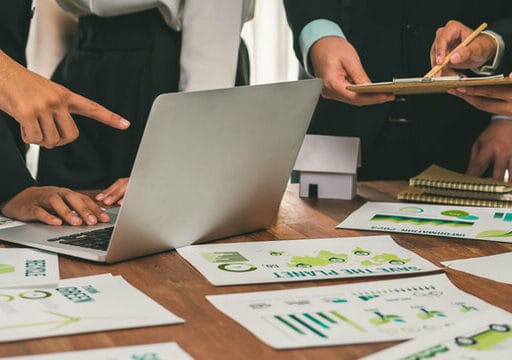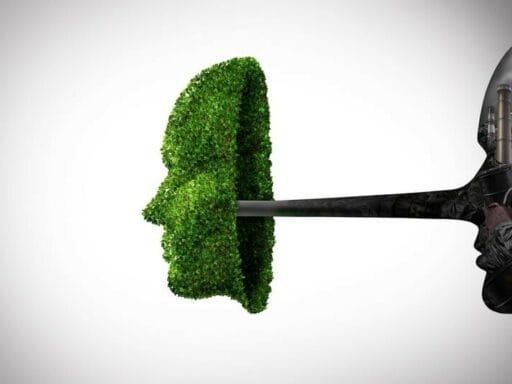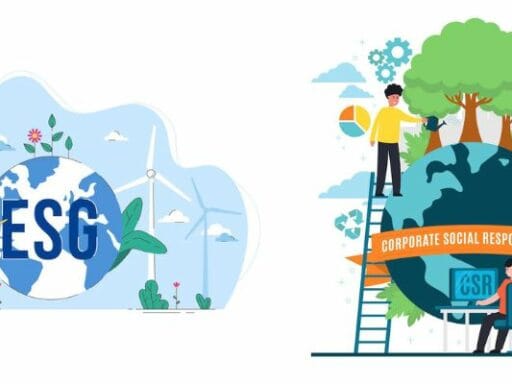Sustainability has evolved from an ethical priority to a crucial business strategy in today’s ever changing economy. The circular economy, a system that prioritizes resource efficiency, waste minimization, and the continuous use of resources, is gradually replacing the conventional linear paradigm of “take, make, dispose.” Adopting this technique has significant financial advantages in addition to addressing environmental issues. Examining how businesses might switch to sustainable methods, save waste, and create new revenue sources, this article explores the business case for the circular economy.
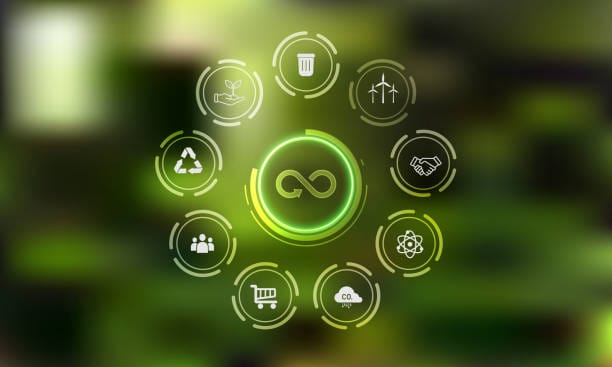
Understanding The Business Case for Circular Economy
A sustainable economic model called the “circular economy” aims to maximize resource utilization and reduce waste. The circular economy places a greater emphasis on sustainability, reusability, and resource efficiency than the conventional linear economy, which has a “take, make, dispose” strategy. By using techniques like recycling, refurbishment, and remanufacturing, it seeks to prolong the life of goods, materials, and resources.
Businesses and industries may lessen their environmental effect, save production costs, and generate long-term economic benefit by putting the circular economy’s tenets into practice. Addressing global concerns like pollution, climate change, and resource depletion requires the use of this paradigm. Using circular practices promotes responsible consumption, reduces waste, and increases product lifespans.
Additionally, when businesses create innovative approaches to product design with sustainability in mind, the circular economy fosters innovation. By lessening supply chain vulnerabilities and dependency on limited resources, it also promotes economic resilience. In order to accomplish long-term sustainability goals, governments and organizations throughout the world are incorporating the circular economy into their policies and business plans as they become more aware of its significance.
Key Benefits of Adopting a Circular Economy
- Cost Savings and Resource Efficiency
Significant cost savings can result from the use of circular methods. Businesses may cut manufacturing costs and their reliance on raw resources by maximizing resource usage and eliminating waste. For example, implementing sustainable materials and energy-efficient technology may boost profitability and reduce operating costs. - New Revenue Streams
New business concepts are made possible by the circular economy. Businesses can investigate product-as-a-service models, in which clients pay for the service a product offers instead of the actual thing. Refurbishing and reselling used goods may also reach new markets, prolonging product lifecycles and bringing in more cash. - Enhanced Brand Reputation
Sustainability is becoming more and more valued by consumers. Companies may stand out in the marketplace, draw in eco-aware clients, and improve their brand image by using circular practices. Increased market share and client loyalty may result from this favorable view. - Regulatory Compliance and Risk Mitigation
Making the shift to a circular economy can assist businesses in staying ahead of compliance obligations as environmental restrictions increase. Businesses may lower their risk of regulatory fines and establish themselves as leaders in the sustainability sector by proactively implementing sustainable practices.
Practical Strategies for Implementation
- Product Design and Innovation
Consider durability, modularity, and recyclability while designing items. Reuse and recycling may be encouraged by using sustainable materials and designing products that are simple to disassemble, which lowers waste and resource usage. - Supply Chain Collaboration
Work with partners and suppliers to create sustainable sourcing plans. The creation of closed-loop supply networks, in which resources are continually recycled back into industrial processes, can result from cooperative efforts. - Adopting Circular Business Models
Make the switch to service-based offerings from conventional sales methods. Leasing or subscription services, for instance, may give consumers ongoing value while maintaining device ownership, giving you more control over the product lifetime and end-of-life care. - Leveraging Technology
Make use of digital tools and technology to monitor performance, track product consumption, and make maintenance easier. By offering insights into product lifecycles, data analytics can optimize resource use and enable predictive maintenance.
Case Studies: Success Stories in Circular Economy
- IKEA’s Circular Initiatives
Through the implementation of initiatives that promote furniture return and resale, IKEA has embraced the circular economy. Customers may purchase and sell old IKEA furniture using their “IKEA Preowned” app, which encourages product lifespan and waste minimization. In addition to promoting sustainability, this project develops a secondary market that draws in budget-conscious customers and strengthens brand loyalty. - Flex Power Solutions
A Limerick-based start-up called Flex Power Solutions is tackling the decarbonization of industrial heating by creating electrode boilers that use excess renewable power. These boilers enable grid operators reduce energy waste while providing customers with a 30% decrease in carbon emissions. This creative strategy minimizes environmental effect and maximizes energy utilization, which is consistent with the circular economy. - Primal Soles
Primal Soles was established in Amsterdam and uses Mediterranean cork to make completely recyclable insoles. The business decreases landfill waste and increases product lifespans by concentrating on material selection and product design. This sustainable strategy has drawn in eco-aware customers and established alliances with companies looking to produce greener goods.
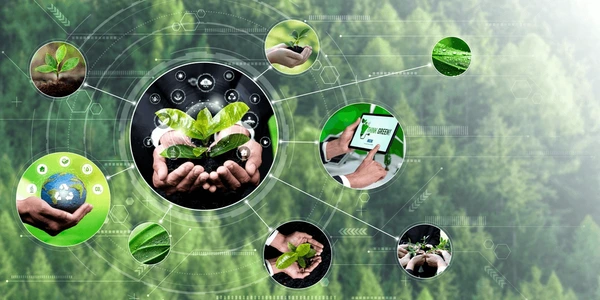
Challenges and Considerations
To study the business case for circular economy it encounter several obstacles while implementing the any model. But despite the fact that it offers a promising move towards sustainability. Making the shift from a linear to a circular economy necessitates careful planning and strategic execution. This is very crucial because to the high initial costs and logistical challenges. The three main obstacles listed below must be overcome by companies in order to successfully implement circular practices.
1. High Initial Costs and Investment Risks
The high initial cost of implementation is one of the main challenges that companies face when adopting the circular economy. Businesses frequently have to make investments in updated production procedures, cutting-edge recycling technology, and new infrastructure. Advanced sorting and processing facilities are necessary when moving to a closed-loop supply chain. In this system, resources are continually recycled. Furthermore, it might cost a lot of money to do research and development (R&D) to produce sustainable materials or increase the durability of products.
Many small and medium-sized businesses (SMEs) may be discouraged by these expenses. Businesses can find it difficult to defend the financial risk in the absence of adequate funding or government assistance. Even while the initial costs may appear high, businesses that effectively use the concepts of the circular economy frequently achieve long-term cost reductions. They also gain enhanced resource efficiency and higher profitability through waste reduction and creative business models.
2. Supply Chain Complexity and Operational Adjustments
A fundamental change in the way supply chains function is necessary to make the transition to a circular economy. In contrast to the linear model, which emphasizes a simple supply chain from raw materials to customers, a circular system adds extra phases. These phases include recycling, refurbishing, and product take-back programs. Several parties, including suppliers, manufacturers, distributors, and customers, must work together seamlessly to manage these operations.
Additionally, in order to support reverse supply chains, businesses need to rethink their operations. Retailers who want to start product return programs, for example, need to set up effective routes for collecting, sorting, and redistribution. Businesses run the danger of inefficiencies that might counteract the desired economic and environmental advantages if their systems are not well-structured. Businesses must make investments in automation, AI-powered solutions, and digital tracking tools. These investments help maximize circular supply chain activities in order to overcome this obstacle.
3. Consumer Behavior and Market Demand
Demand and consumer awareness are essential to the circular economy’s success. Even if a lot of people are in favor of environmental measures, their actions frequently betray their intentions. Customers find it challenging to switch to more environmentally friendly options like product leasing, repairs, or second-hand purchases as they are used to the ease of throwaway goods.
Furthermore, eco-friendly items are perceived as being more costly or less durable than their traditional equivalents. Companies must spend money on customer education to emphasize the long-term advantages of circular economy solutions. These advantages include lower costs, increased durability, and less environmental impact. Transparency should be the main emphasis of marketing efforts, demonstrating how businesses value sustainability via responsible production, ethical sourcing, and creative design.
Businesses, legislators, and consumers must work together to address these issues. Businesses may get beyond these obstacles and realize the circular economy’s full potential with the correct tactics, guaranteeing a successful and sustainable future.
Top FAQs
- What is the circular economy?
The circular economy is an economic model that emphasizes minimizing waste and extending the useful life of materials and goods via recycling, reuse, repair, and refurbishing. - How can adopting a circular economy benefit my business financially?
Businesses may make substantial financial advantages by lowering material costs, creating new income streams through creative business models, and improving brand recognition. - What are some practical steps to transition to a circular economy?
Companies may begin by investigating service-based business models, working with supply chain partners for sustainable sourcing, and developing goods for durability and recyclability.
You may also like this





